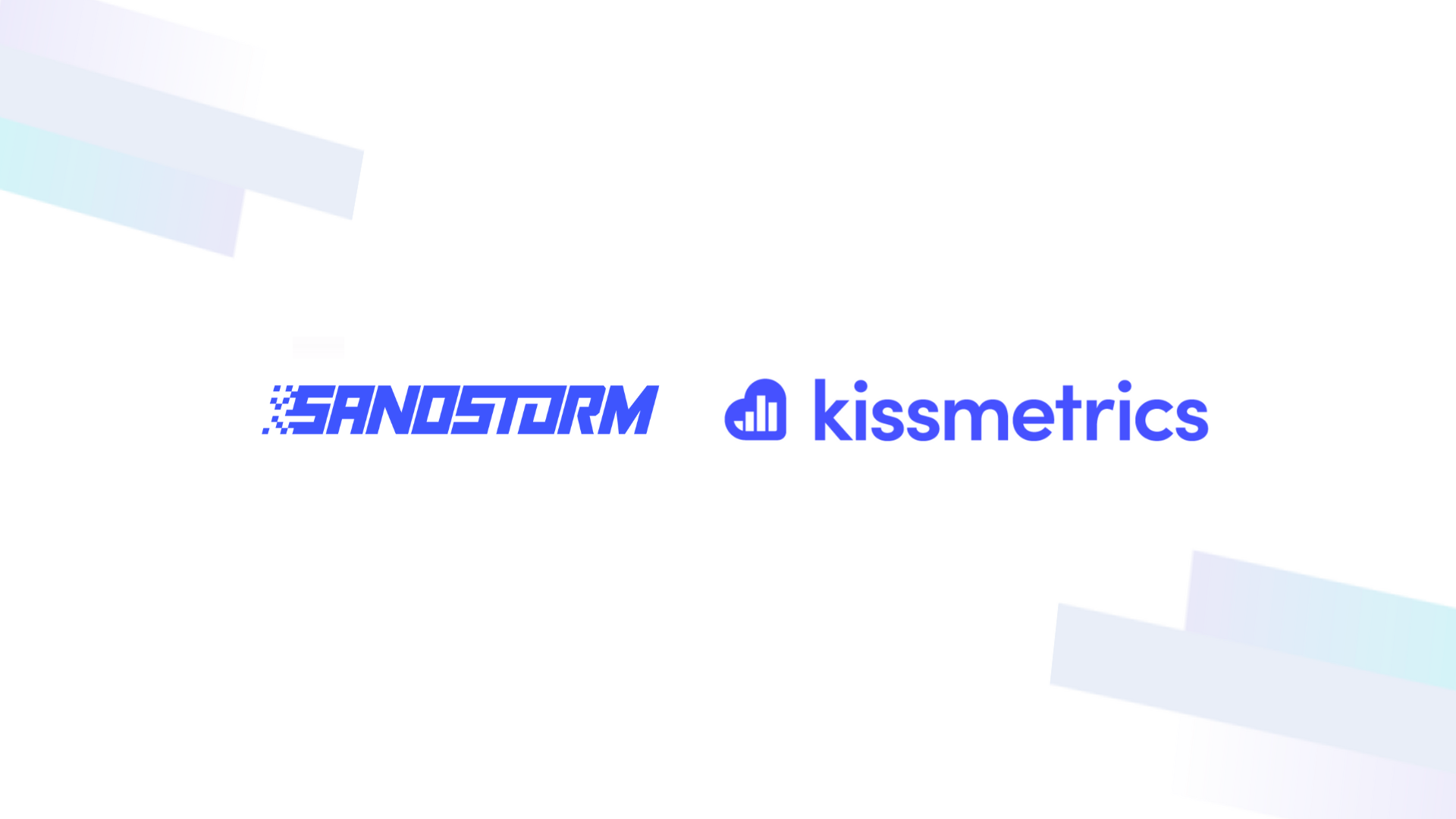What is Source Tracking and Why is it Important?

Sadly, asking your users, “How did you find my business?” won’t get the answers you need. For the majority of companies, you never end up speaking with visitors and users, and even if you did, the chances are high that they would say, “Uh, I don’t know. Maybe Google?”
Some websites have surveys for visitors to ask how they found them, but the surveys are often optional and rarely provide coherent information.
So, how can you discover which avenues of marketing are working? In this post, we break it all down by addressing how source tracking works, what it is, and how it can benefit your company.
What is Source Tracking?
As the name implies, source tracking is a way to plot the course that led your website’s users to your landing page. Did they find one of your articles in a Google search? Did they see your ad on Twitter and click-through? Were they dormant users who signed up for the email list and were suddenly tempted by your irresistible discount offer in an email campaign?
What’s the Difference Between Source Tracking and Visitor Tracking?
Keep in mind; source tracking is solely focused on how a visitor gets to your website. Once they have arrived, any further monitoring of their interactions and behavior falls under the visitor tracking category.
Visitor tracking is more comprehensive than source tracking. While source tracking only looks at where your visitors are coming from, i.e., the source that brought them to your website’s landing or home page, visitor tracking follows their journey through your website.
Full-fledged visitor tracking might note which other pages visitors navigate to after leaving your landing page, how long they spend on each page, if they eventually commit to a purchase, and provide other insights on individual users throughout their session.
What are the Types of Source Tracking?
There are two main types of source tracking: onsite and offsite. As we explain below, you’ll likely be primarily concerned with offsite tracking when you want to monitor ad campaigns and other marketing strategies.
However, onsite source tracking can provide valuable insight into your content creation and your calls to action on each page. There is also a third type of source tracking, so we’ll talk a bit about that, as well.
Onsite
Onsite sources are internal links that visitors can click. For example, these sources might send the visitor from an article to another blog entry about related content or mention a specific product and include a link leading directly to that product’s description page.
Understanding which pages funnel visitors to priority pages, like registering for an account with the website or purchasing items, is fundamental to building a website that is easy to navigate and provides users with what they’re looking for.
Onsite source tracking may also fall into the category of visitor tracking, as we note in the section above, since you are following the visitor from one page to another while remaining on your website.
Off Site
Off-site source tracking is your central funnel of information. This measures how people are getting to your website in the first place. Once they start doing other things and clicking through various pages within the website, off-site source tracking no longer applies.
However, when it comes to A/B testing two different email campaigns, this is the type of source tracking you’ll utilize.
Outbound
Outbound tracking is something of a mystery to many companies. So why would you want to track the pages that cause people to leave your website? The answer is surprisingly simple: the key to enticing visitors to stay is in those particular pages.
When potential users leave your website, they have decided that your website no longer adds value to their current session. This might be a result of something more interesting catching their attention, your page not answering their questions, or feelings of frustration at a complex UI/UX.
Whatever the reason, tracking the pages that people see just before they navigate away from your website provides valuable information about the type of content that may need to change.
Why is Source Tracking Important?
Simply put, you need to know what works and what doesn’t. Email campaigns, for example, cost time and money to put together successfully. If you track the link provided in the email and see that it is generating very few visits over a given period, you’ll probably conclude that your user base is not responding well to your campaign. From there, you and your marketing team can strategize different ways to reach users.
Is the email going into the spam folder? Is the wording not appealing to your audience? Should you be offering a better promotion to entice website visitors? Or is email not the right format for your users at all? These kinds of essential questions can only be raised and answered if you’re tracking where website visitors come from.
When you pair source tracking with A/B testing, you can see precisely what type of message works in each medium and what doesn’t draw as much attention, so you can spend your money wisely.
How Does Source Tracking Work?
Source tracking works relatively simply. By using a specialized code snippet added to the end of a URL, your company can generate parameters for tracking those URLs. Though they will all take the visitor to the same landing page, the URLs will vary depending on the parameters that you set in the tool.
Standard parameters include your source, your medium, the content, and the name of your campaign. This makes it easy to compare email campaigns versus Facebook ads and multiple campaigns in the same medium by using an A/B test report.
Later, you can search the URLs used during a given timeframe and see which of your campaigns successfully attract visitors to the website and which ones you need to take a second look at before continuing.
How Do You Set Up Source Tracking?
To set up source tracking, you’ll need to generate your URLs for various types of marketing. This may mean generating distinctive URLs for multiple email campaigns, Facebook ads, Twitter ads, or any other form of communication between you and the potential visitor.
Once these URLs have been generated, Kissmetrics will record which of them are used by visitors to your landing page. Keep in mind that the visitor will not see any of this behind-the-scenes tracking despite the distinctive URLs. Instead, they’ll be provided with a link or button click through to the same landing page.
All of your visitors will see the same thing; however, you’ll see how people arrive on your landing page in the reports. That data will be compiled in your analytics tool to analyze and incorporate into your decisions about which marketing campaigns to use and the right platforms to reach your audience.
How Do I Use Source Tracking Information in My Business?
Source tracking provides valuable information about which types of sources provide the most return on investment for your company. This type of information can shape your marketing strategies, budgeting, content creation, internal marketing, and customer journey. It can even affect product decisions.
Both off-site and onsite tracking provides data about the calls-to-action and the type of content that your viewers want to see. All of that data can add up to a more extensive user profile and help you create a viable sales funnel for visitors, whatever stage of the buyer’s journey they’re in.
Source tracking can also be beneficial if you want to advertise for business partners and affiliates by creating links on your website that lead to your partners. You can monitor those outbound links to see how effectively you marketed your partners and how many of your users reached out to your affiliates based on your recommendation.
Conclusion
By tracking where your visitors come from, whether your landing page provoked them into visiting other areas of your website, and then knowing where they ended their sessions, you can get a complete picture of your visitors’ experiences and interactions with your company. Then, when you understand what the user is seeing, you can tailor it for their needs and desires.
Visit our website to learn more about how Kissmetrics can help you collect and make the most of your user data.
Sources:
Source Tracking vs. Visitor Tracking: What’s the Difference? | Callrail.com
Track External Link Clicks on Your Website | Absentdata.com
How URL Tracking Works and Why It’s Important | Dashthis.com


